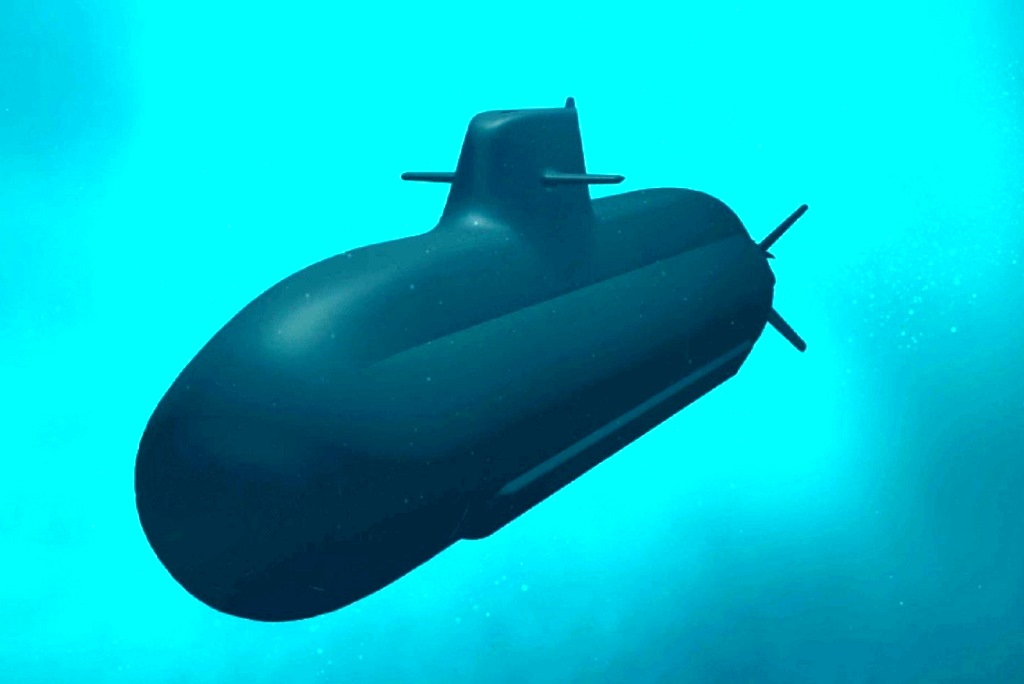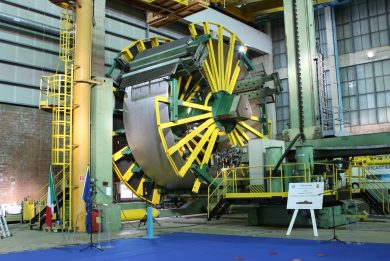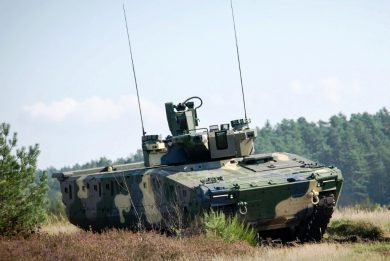
Leonardo: Athena MK2/U, the Combat Management System for the submarines of the future
15 February 2023 – The new Leonardo Combat Management System (CMS) ATHENA MK2/U with underwater capabilities will be soon integrated into the Italian Navy’s new U-212 NFS submarines.
Leonardo is a world leader in the naval sector, a strategic partner to the Italian Navy and a leading point of reference for the naval forces of many countries. Particularly, in the underwater sector the company develops first-class technologies and products to satisfy the need to ensure adequate surveillance and control capabilities, given the complex operational scenarios that will characterize the future of operations in this sector. Among these the new Combat Management System (CMS), the company’s first ever product of this kind. This was an extremely important challenge, which expands the company’s product portfolio in a segment in which Leonardo has one of the most advanced and complete ground unit CMS platforms on the market: the ATHENA MK2/E, installed on board the Italian Navy’s new LHD TRIESTE and LSS VULCANO Offshore Patrol Vessels. It is thanks to this system, and also 20 years’ experience in naval command and control, that the ATHENA MK2/U has been developed for the U-212 NFS submarines currently being built for the Italian Navy.
The product particularly stands out for its incredible modularity and flexibility, which guarantees the integration of new systems and functions (some of which were not initially foreseen), providing a package of ATHENA MK2/E-compatible core capabilities, i.e. management of the tactical scenario and organic sensors (adapted for sonar systems), situational awareness acquisition, interoperability and data recording and analysis. These distinctive and proven capabilities, which had already been tried and tested on the ATHENA MK2/E surface units, have been adapted to suit the unique features of the underwater environment and integrated with additional specifications, specific to the underwater domain (Underwater Extended Capabilities), such as Target Motion Analysis (TMA), Video Processing, heavy torpedo management and the extensive use of artificial intelligence algorithms across a variety of different functions. For example, Target Motion Analysis is typically used in submarines to determine the position of moving objects within the operational scenario, starting from localisation via passive sensors (to avoid detection), which, in this case, are reconstructed using AI and mathematical algorithms to enhance performance.
Video Processing activities are also managed using AI algorithms to deliver improved tactical situation reports that use periscope images and video and augmented reality to visualise data. As well as periscope-gathered images, AI can also be used to acquire “panoramic views” of the surrounding area in a wide variety of operational conditions, and contrast imagery (the so-called Dehaze and False Colour functions), i.e. the removal of “haze” and the identification of cold and warm bodies by performing ex-post elaborations of the images.
In terms of the hardware, the most innovative element is the use of nine multifunctional consoles, which act as a human-machine interface for viewing the “tactical areas”, information that is gathered by various sensors also with the aid of augmented reality. Composed of two 27” and 4K vertical multi-touch monitors (the ATHENA MK2/E only has one 42” screen), the consoles are different from the ones installed on the ground units, as they need to suit the limitations of the submarine environment (e.g. reduced space, low noise level requirements, the need to contain energy consumption, etc.,). All constraints that are the basis of the architecture for the CMS hardware. In fact, the consoles are water-cooled to reduce noise and are made from a special carbon fibre to comply with the previously mentioned environmental requirements.
Four of the nine consoles have been designed for sonar operators, while the others have been developed for vessel command and control operators. However, thanks to their multifunctional nature, any one of the consoles can be used to perform any system function (depending on the operator’s login permissions) and make use of the man-machine graphic interfaces of the various components integrated into the CMS (viewable via the display console), be it a sonar or “electronic warfare” situation. Finally, in terms of scalability, because the new CMS requires a lower number of consoles, the system can be installed not only on smaller submarines, but also on submarines that are already in service undergoing repairs and refurbishment programmes.
Image courtesy Italian Navy



